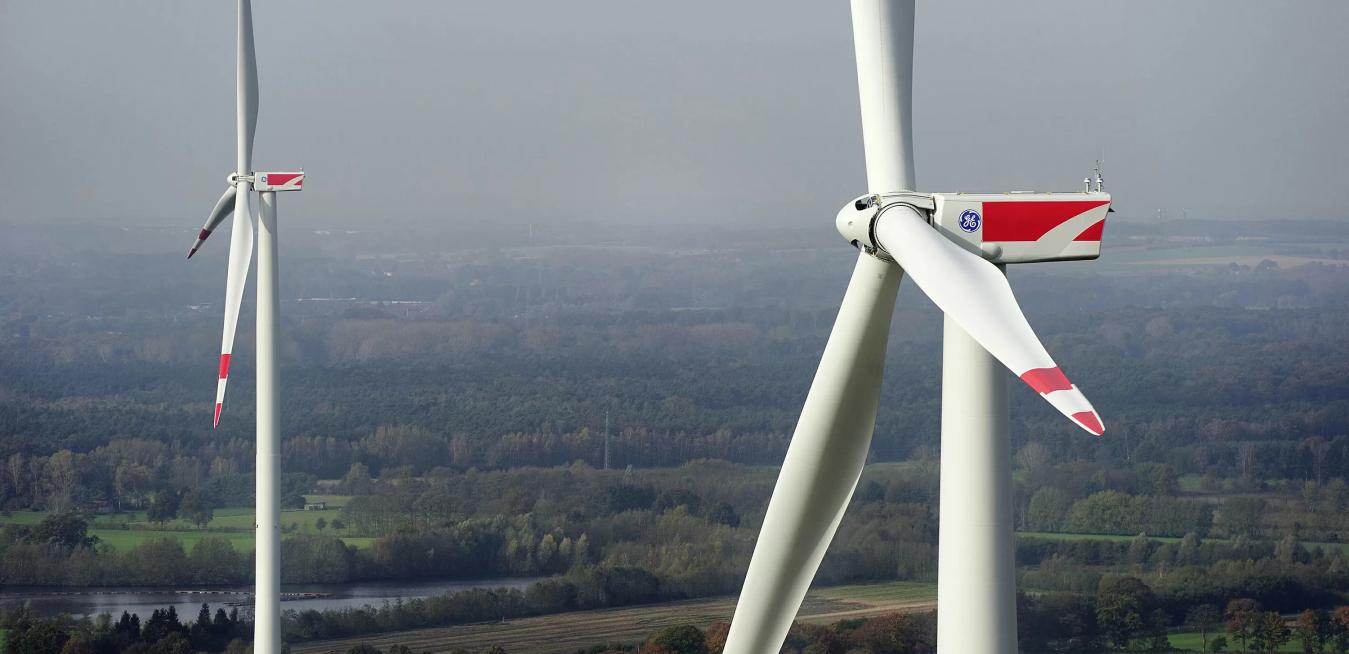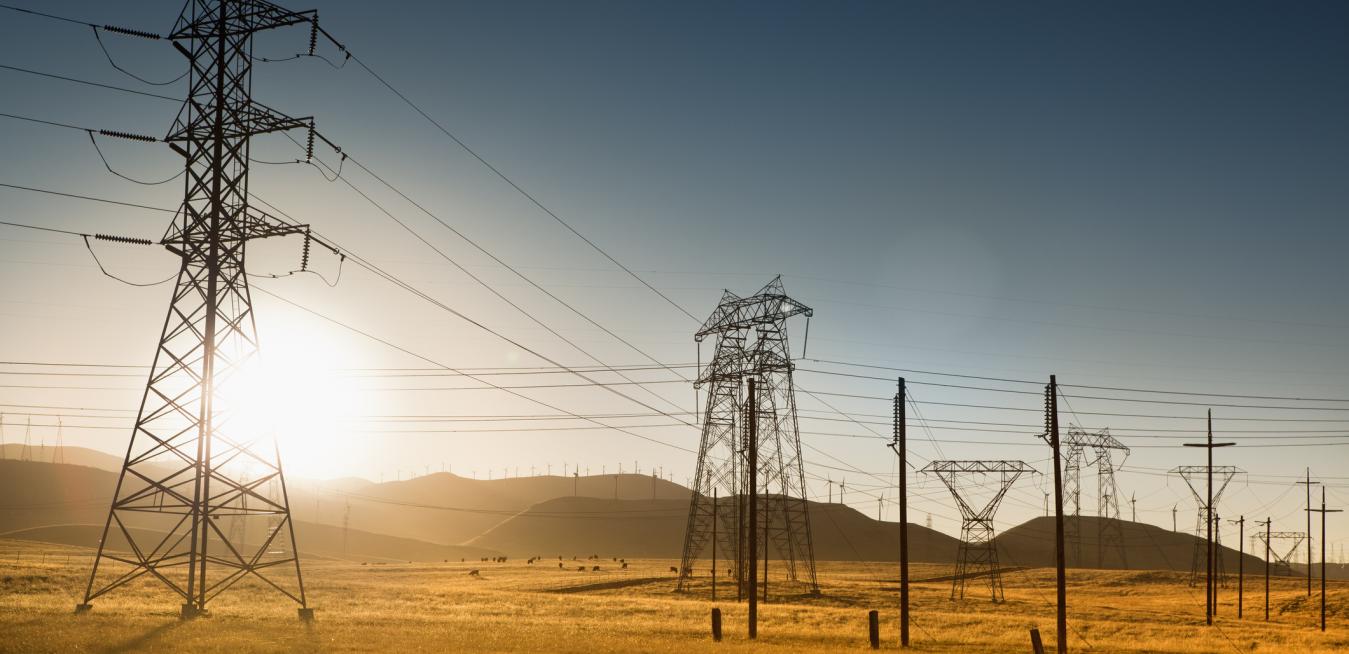In 1836, Charles Darwin visited Australia as part of the historic second voyage of the HMS Beagle. Though he didn’t make landfall on that continent’s northern coast, the Beagle’s follow-up expedition studied the shores of the Northern Territory, and the captain of the Beagle gave Port Darwin its name in honor of the father of the theory of evolution. Today Darwin is the territory’s capital, and it’s playing a role in a new kind of evolution for our species: the transition toward a decarbonized energy future.
Like many countries around the world, India is going through a massive energy transition. “Energy use has doubled since 2000, with 80% of demand still being met by coal, oil and solid biomass,” the International Energy Agency reported in its 2021 energy outlook for the country of nearly 1.4 billion people.
Few U.S. states have been as tested by climate change as California. Heat, drought, wildfires and smoke have caused distress for residents and for utilities supplying them with electricity. To be sure, the most populous state has been aggressively adding renewables to lower its carbon emissions, but it also needs other sources of energy to supply baseload power when the sun stops shining, the wind stops blowing and water starts running low, affecting hydropower output.







